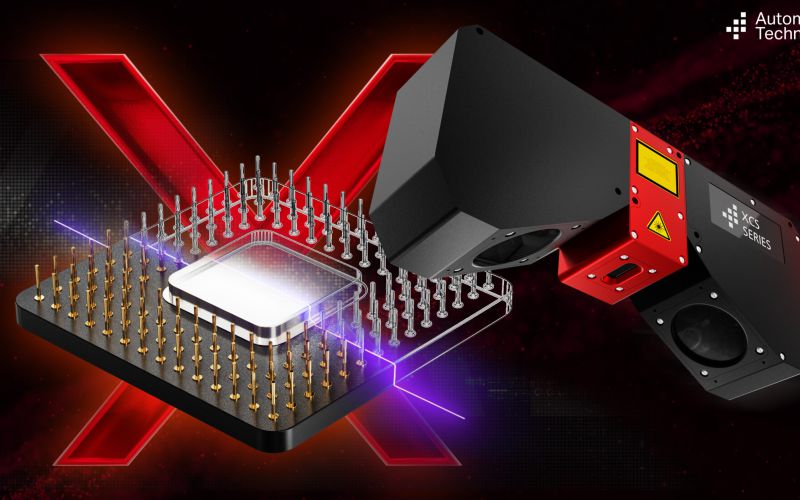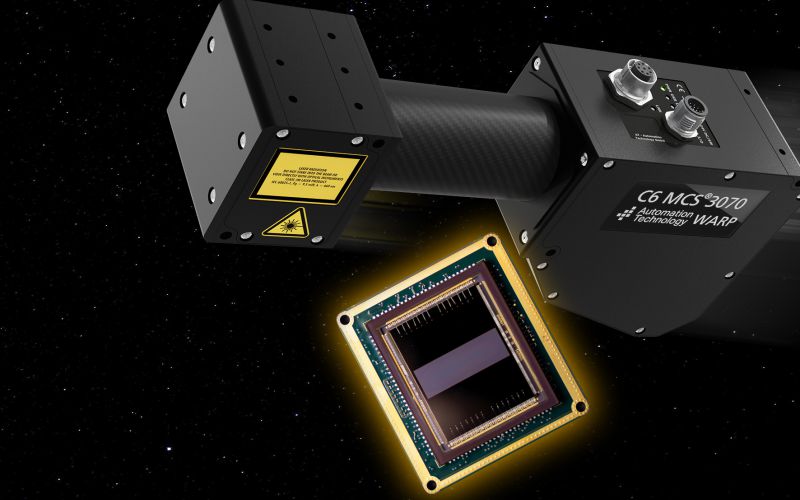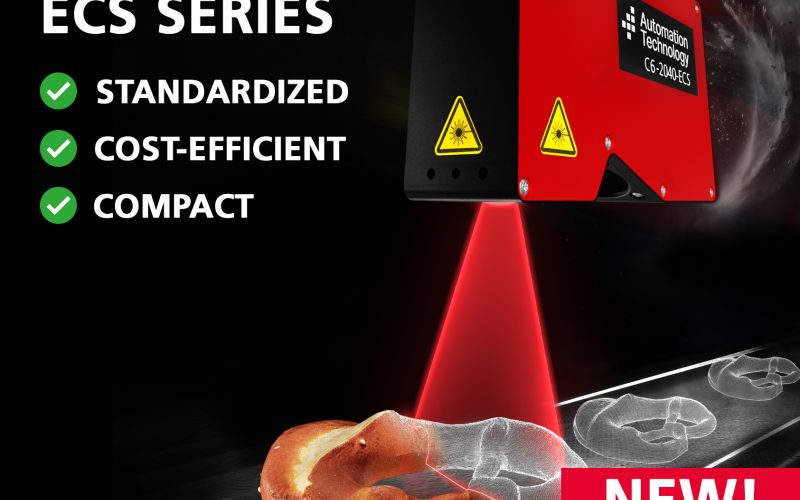Why AT Has Been the World Market Leader for 3D Cameras for 20 Years

- Development of the world’s first laser triangulation camera with CameraLink standard interface and high-speed CMOS sensor chip in 2001
- Launch of new, high-performance C6 series with specially developed high-speed sensor chip in 2022
- Unique market position with fast, high-resolution 12-megapixel models and a unique modular MCS sensor concept
Bad Oldesloe. Pioneers, innovators, trailblazers – for 20 years now, the technology company AT – Automation Technology from Northern Germany has been the first choice when it comes to developing new, particularly effective solutions in the field of machine vision. Above all, the 3D sensor and the 3D camera are flagship products of the component manufacturer, with which AT has established an unchallenged position as world market leader for two decades.
But why is that? With 4,096 measuring points, AT offers the highest-resolution and also fastest 3D camera which is globally available. In addition, the company, which was founded in 1998 by the two engineers Dr. André Kasper and Michael Wandelt, scores not only with a diverse selection of 3D sensor models, but also with a unique modular concept for 3D sensors, so that they can be used for almost any application in any industry.[sc_image position=”centered” disable_lightbox=”1″ src=”/8764″]How AT became the market leader for 3D cameras within a few weeks
The inspiration for the development of the first 3D product was a project for the inspection of clutch and brake discs at the end of 2001. At that time, AT was working on a solution with a triangulation camera from a Swedish partner, but quickly realized that it had reached its limits in terms of performance, so that it could not meet the requirements. Reasons for this included insufficient sensor speed, an unstable interface, insufficient resolution, and a lack of hardware for image data acquisition. Driven by the idea that they could revolutionize 3D imaging with a cutting-edge product of their own creation, AT developed its own 3D camera within a few weeks, which changed the machine vision industry significantly. With the launch of the C3 camera, the technology company was the first to bring a laser triangulation camera with a high-speed CMOS detector to the market, which for the first time convinced with a stable industry standard for reliable data transmission – namely with CameraLink as standard interface and frame grabber as hardware.
“We had the technical know-how, the application experience and even then a lot of pioneering spirit to implement such a technological innovation. The success then proved us right and of course motivated us enormously to stick to the development of the 3D products and to keep on optimizing them. In addition, it is our top priority to always offer our customers the best possible solution, so that we are constantly working on the further development of our products, also due to the further development of microprocessing performance, in order to be able to meet every request and satisfy every requirement,” explains André Kasper, co-founder and CTO of AT – Automation Technology.Why AT is still the first choice for 3D cameras today
Immediately after the development of the 1280-model of the C3 camera, the 2350-model was launched, which again caused a sensation in 3D imaging with its double resolution. With the later launch of the C4 series and the C4-4090-GigE model, AT finally presented the world’s first 12-megapixel 3D camera in November 2011, and for the completely new, also enormously powerful C6 series, the RnD team even developed its own high-speed sensor chip.
So what has happened since the development of the first C3 3D camera up to today’s C6 series? Decisive factors are above all the optimization of functionality implemented by new features such as MultiPart and MultiPeak or the new GeniCam3.0 interface, the increase in profile speed, and the improvement in resolution and thus also in precision. In addition, the integration of High Dynamic Range has increased detector image quality, and AT’s 3D sensors also impress with the introduction of laser lines that are now straighter and with less noise. Thus, AT still lives up to its reputation as an innovative pioneer in the machine vision industry – even if the technology company focuses on understatement in typical northern German manner and prefers to prove its skills through exceptional performance.






